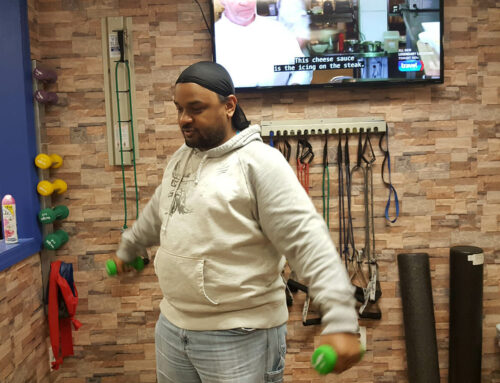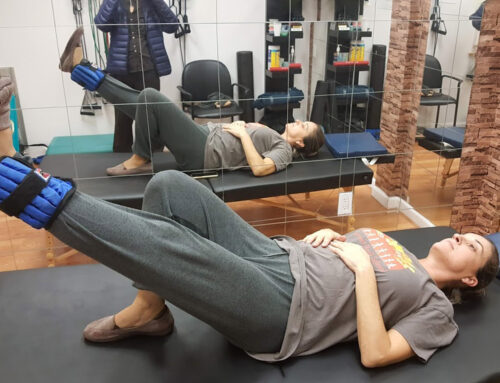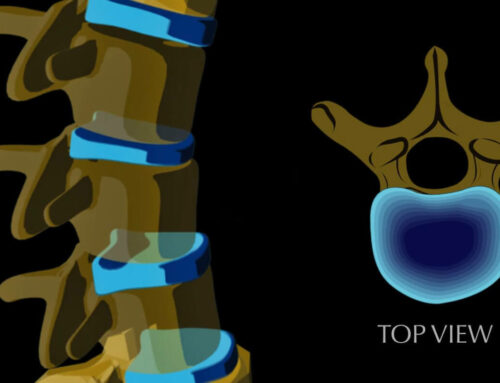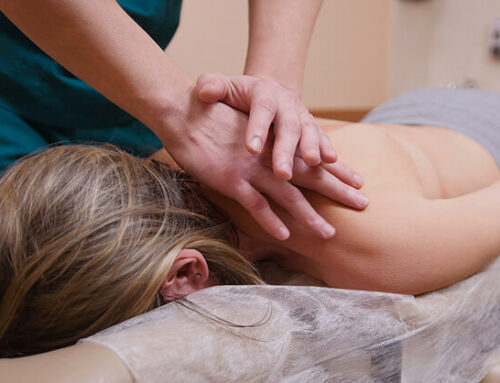
This happens to people all over the world for various reasons – either from illness or injury. It’s called losing range of motion. Once the problem has been identified, it can feel a lot less scary and then the rehabilitation can begin.
There are a lot of things that can cause problems with range of motion.
Reasons
This is not an exhaustive list, but here are some of the causes behind a loss of range of motion:
- Arthritis (Osteo and Rheumatoid) – Arthritis usually affects the hands, but it can affect many other joints of the body. It can be part of the aging process or it can also be from an illness – like parvovirus.
- Dislocation – This is when the bone has slipped out of its joint. Seek immediate medical attention because a dislocation can be quite serious.
- Fracture – This is when a bone breaks but it’s not complete. It can be very painful and a medical professional needs to look at it as soon as possible.
- Joint Swelling – A person’s joints can swell for a variety of reasons, including arthritis.
- Stroke – Since this is from the death of a certain part of a person’s brain, this can drastically affect how they are able to function.
- Rotator Cuff Tear – This is not an injury that’s reserved for professional athletes… though they are often in the news because of it. It’s also usually not a single tendon tear but multiple ones.
- Bursitis– This is when the fluid sacs around one’s joints get inflamed. It’s painful and limits the range of motion.
These are some of the more common ways that people can lose their range of motion. The next step, after getting an OK from a doctor, is to begin rehabilitation. Not attempting to regain range of motion can lead to things like weight gain due to being sedentary.
Rehabilitation
One of the first things a physical therapist will do, after taking the patient’s history and learning about caused the injury, is to see how much range of motion that the patient has. This will then set a baseline for the physical therapist to determine what course of action to take – the exact exercises that need to be done and how hard they can push the patient without causing setbacks.
After using a goniometer – an item that is like a large-scale protractor for the human body, the physical therapist will then see that the patient falls into one of three types of range of motion.
- Passive – The patient doesn’t have to use muscles to be able to move this area. The physical therapist or a machine does it for them. They may straighten and bend he patient’s leg, for example. This is usually done right after the patient has healed from surgery.
- Active-Assistive – The patient can move the injured area but also needs some assistance from the physical therapist or a machine. This can be done to reduce the amount of stress on the area while achieving the long-term goal of strengthening it.
- Active – Patients can move their muscles without assistance from a machine or a physical therapist. This is when they can also start doing exercises on their own and not run the risk of injuring themselves again.
Exercises
These are largely for those who have progressed past the first two stages of their recovery period. This is the most important part for the patient: Pay attention to the physical therapist. They need to learn the proper form and number of repetitions for each one. Otherwise they run the risk of getting hurt again.
This is also a regimen that should be followed in the same order. Deviating from that can lead to structural weaknesses that can wind up leading to the patient getting injured again.
Patients can do some of these without even needing weights at all. They can sit in a chair and do things like neck rolls, shoulder movements and wrist bends while seated in a chair.
It’s important to maintain this routine as long as the physical therapist prescribes. Otherwise, they could find themselves back at the doctor’s office far sooner than they would like.
Losing range of motion doesn’t have to strike fear in anyone. Instead, if they work closely with the staff at Phoenix Physical Therapy, they stand a very good chance of regaining their old abilities as well as building a base to keep them healthy for a long time. They can call 347-733-1916 for appointments at either their Brooklyn office or their Rosedale one.







